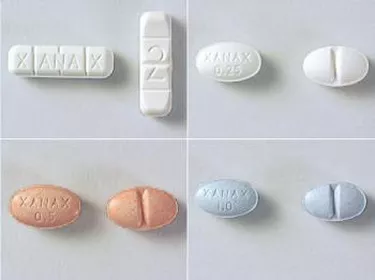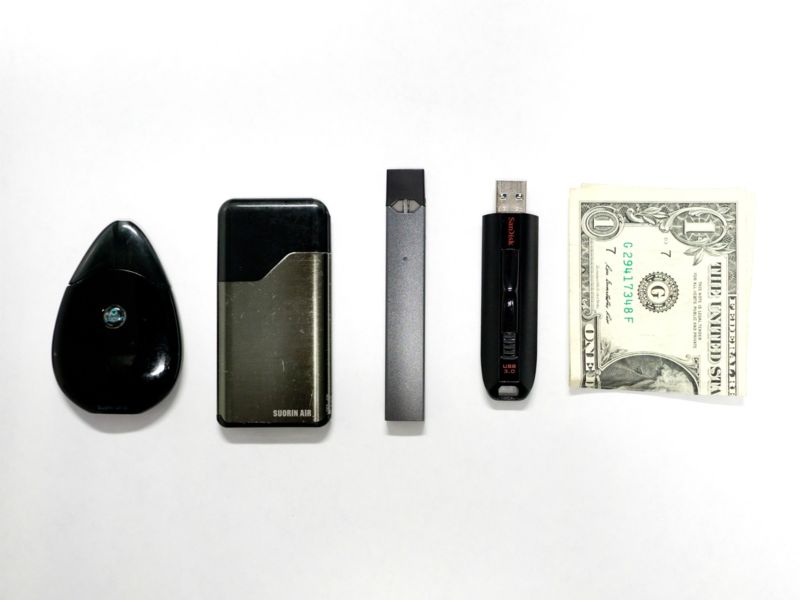Vaping
If you think your child is safe from the vaping epidemic sweeping the nation's schools, think again. Vaping is a phenomenon that is so easily accessed by students, that it affects all types. The stories you hear of students vaping in classrooms are true - it is that easy to conceal. Unfortunately, vaping has a reputation that it is healthier than smoking cigarettes and is therefore not a bad thing. This is of course ridiculous. Students are generally vaping either nicotine (the addictive chemical in cigarettes) or THC (the active ingredient of cannabis). Both nicotine and THC have negative consequences on the teenage brain. In fact, the vaping companies are (gladly) producing a whole new generation of nicotine addicts. When we see a student with a nicotine addiction, they are easily agitated, display anxiety, and have a hard time sitting through our 90-minute block periods. This is a very real barrier to their success as a student. The fact companies sell the vape juice in attractive flavors such as mango and blueberry is evidence they are directly targeting our youth.
Educate yourself about vape devices. Go online and look at pictures of all the different types of vape pens. Watch the vaping videos that are bombarding your child on social media. And, look for the following signs that may indicate your child is vaping:
- Presence of vaping equipment or related product packaging
- Unusual online purchases or packages
- The scent is faint, but you may catch a whiff of flavoring like bubble gum or cotton candy
- Increased thirst or nose bleeds
- Decreased caffeine use
- Use of vaping lingo in text messages or on social media
- Appearance and/or behavior changes
Vaping devices compared to a thumb drive and a dollar bill at right.
It’s important to start a conversation with your teens about e-cigarettes, whether you suspect they are using them on not. You might open with a general, nonthreatening question—“Hey, I just read about this thing. What have you heard about it?”—and see what they say. Explain the serious health risks of e-cigarettes (remember phlegm, nosebleeds, lung problems, a messed-up brain, and addiction, just to name a handful). If your son or daughter is vaping, let them know that you do not approve, and work with them to replace the unhealthy behavior with a positive one. E-cigarettes contain more than fun, fruity flavors, and when teenagers use them, there may be lasting consequences.
Opioid Use And Addiction
Unfortunately, several youth have died in our community from opioid overdose due to fentanyl. It takes a very small amount of fentanyl to be lethal and can be found laced in other drugs such as cocaine. We provide Narcan and training for students. Narcan, if administered correctly can reverse an overdose. It is important to call 911 immediately when Narcan has been administered as a patient could relapse into overdose again.
You do not need to be an addict to die from a fentanyl overdose, though it is important to know the signs of opioid (fentanyl) addiction:
- Significant changes in sleeping patterns or problems sleeping altogether
- Unexpected or sudden weight loss
- Poor concentration and focus
- Slowed reflexes
- Mood swings, depression, or agitation
- Cravings for fentanyl or other opioids
- Problems with personal relationships and social activities
- Continued use despite adverse effects on physical health and mental well-being
If you think someone you know is struggling with fentanyl addiction, it’s important to talk to them without judgment. Offer your support and help in finding a treatment program that is tailored to their specific needs. With the right care and support, individuals can find hope and recovery from an opioid addiction.
It’s also important to stay educated about the dangers of fentanyl abuse. Be aware of the potential risks of using this drug, and know resources to turn to if someone close to you needs help. With knowledge, support, and treatment, individuals can find the path to recovery.
Xanax Abuse at Schools
Parents often tell us that they need more information to be properly informed about issues facing teens. A recent article in the Press Democrat put a spotlight on the abuse of the anti-anxiety drug Xanax (zannies, zan, bars, ladders) by students in Sonoma County. We have the same issue here on the coast where Xanax is also widely available. Here is a link to the article:
http://www.pressdemocrat.com/
Symptoms of Xanax or other psychoactive drug abuse include:
- Drowsiness
- Sluggishness
- Slurred speech
- Dry mouth
- Nausea
- Memory problems
- Impaired coordination

What we see in cases of suspected Xanax abuse is slurred speech, tiredness, and forgetfulness from one minute to the next, such as not knowing where a phone or backpack is. If you suspect your child needs help, please contact the school. We have counselors who specialize in drug abuse counseling. Please contact the school if you have any questions or concerns.
